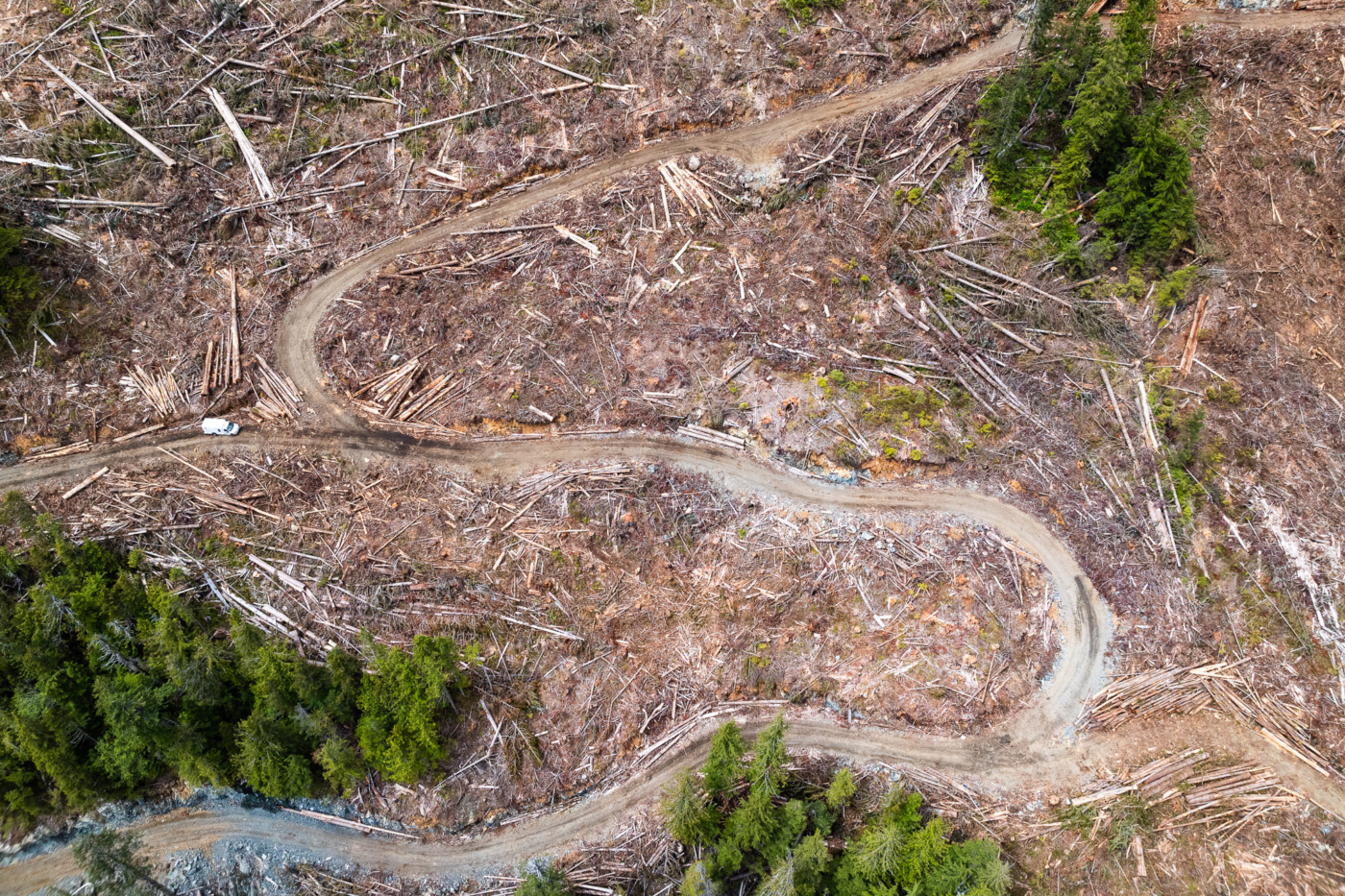
Chek News: Document reveals approval to harvest remnant old-growth in B.C.’s northwest
BC Timber Sales has ended a policy protecting remnant old-growth in northwest B.C., citing First Nations’ positions, sparking concerns from ecologists and residents.
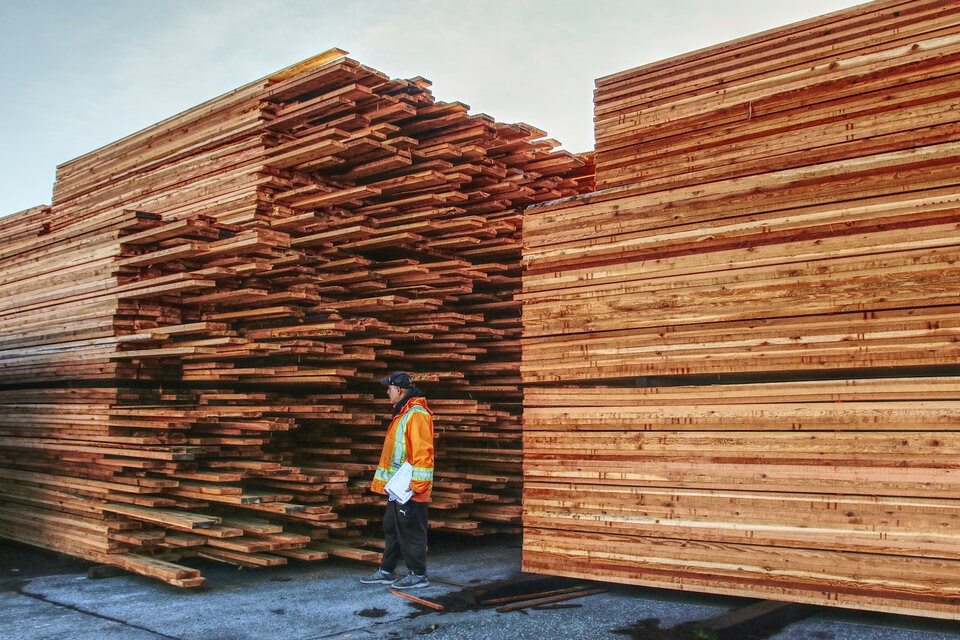
Times Colonist: Leaked report claims B.C. timber harvest is vastly overestimated
A leaked technical review prepared for a group of First Nations claims British Columbia is greatly overestimating how much timber it can sustainably harvest in a push for short-term economic gains.
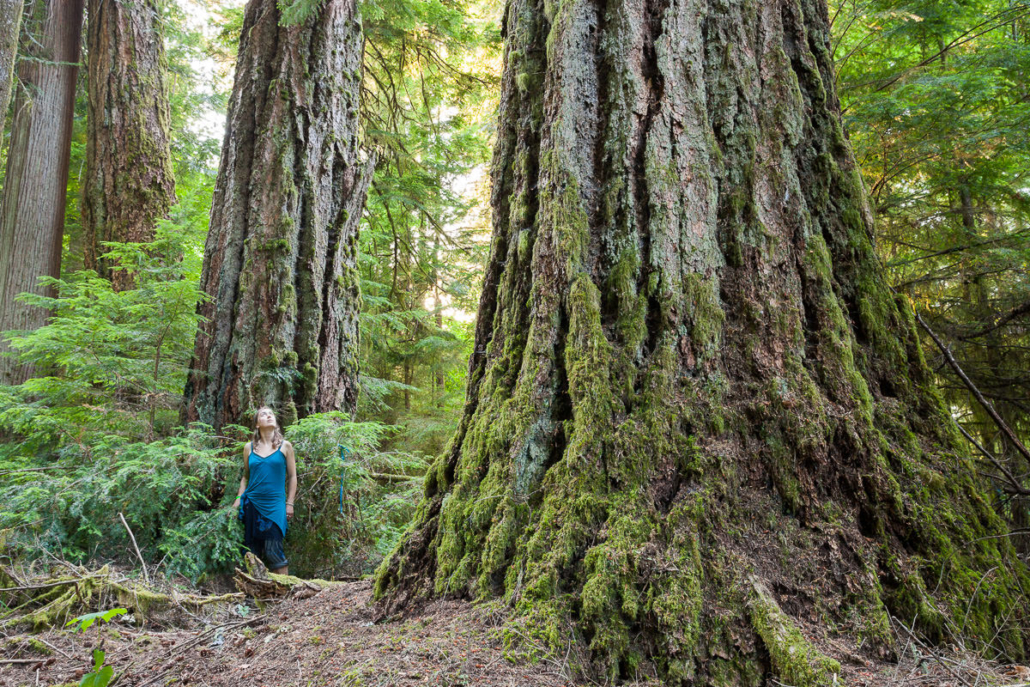
National Observer: Long-awaited changes to BC’s private forests not coming, government confirms
Local governments on Vancouver Island are frustrated after legislative changes are not coming to the law governing how private forest lands are managed in BC.
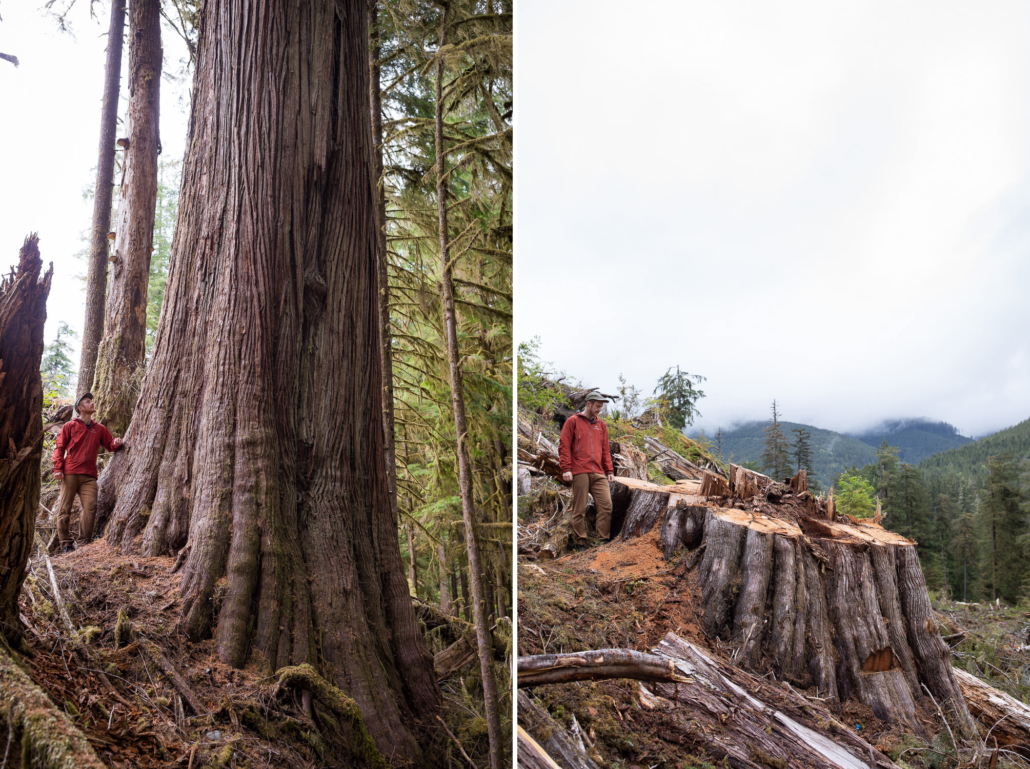
Vancouver Sun: Languishing ‘in the doldrums’: Conservation groups demand action on B.C.’s old-growth logging review
Conservation groups and First Nations are calling on the B.C. government to act on five-year-old promises to overhaul the logging industry to protect old-growth forests.
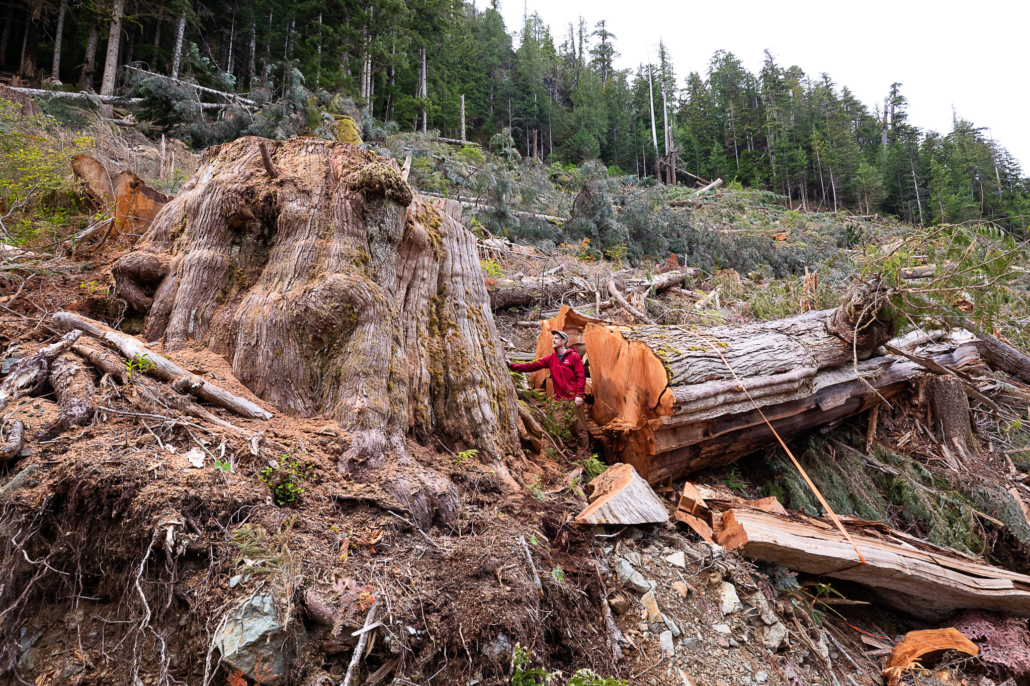
Victoria Buzz: Images expose ongoing old-growth logging as BC government misses key deadline
On the five-year anniversary of the Old Growth Strategic Review (OGSR), Ancient Forest Alliance urgently calls on the BC government to take action to protect old-growth forests and highlights images that expose ongoing old-growth logging.
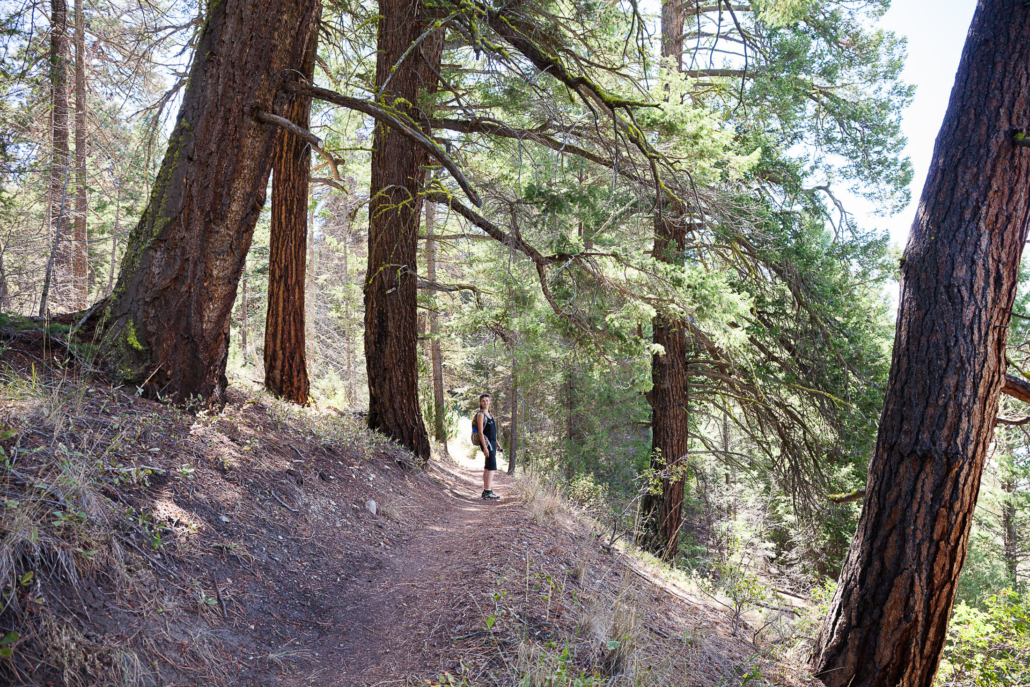
My Comox Valley Now: Commercial logging isn’t happening in BC parks; says BC Minister
In a letter to the Ancient Forest Alliance and Endangered Ecosystems Alliance, Minister of Environment and Parks Tamara Davidson confirmed that there’s no commercial logging happening in provincial parks and it isn’t permitted under the BC Parks Act. The letter comes following reports of potential commercial salvage logging and fuel load reduction projects happening in these parks.

My Cowichan Valley Now: Conservationists call for BC forestry industry to be modernized
Conservationists call for BC’s forestry industry to be modernized amid ongoing US tariff threats.
Toronto Star: The best place to go forest bathing? The ancient groves of Vancouver Island offer a meditative journey back in time
British Columbia is home to some of the most enormous trees on the planet. Credit for the rise of tall-tree tourism here goes to the Ancient Forest Alliance, a charitable organization that advocates for protecting B.C.’s endangered old-growth forests.
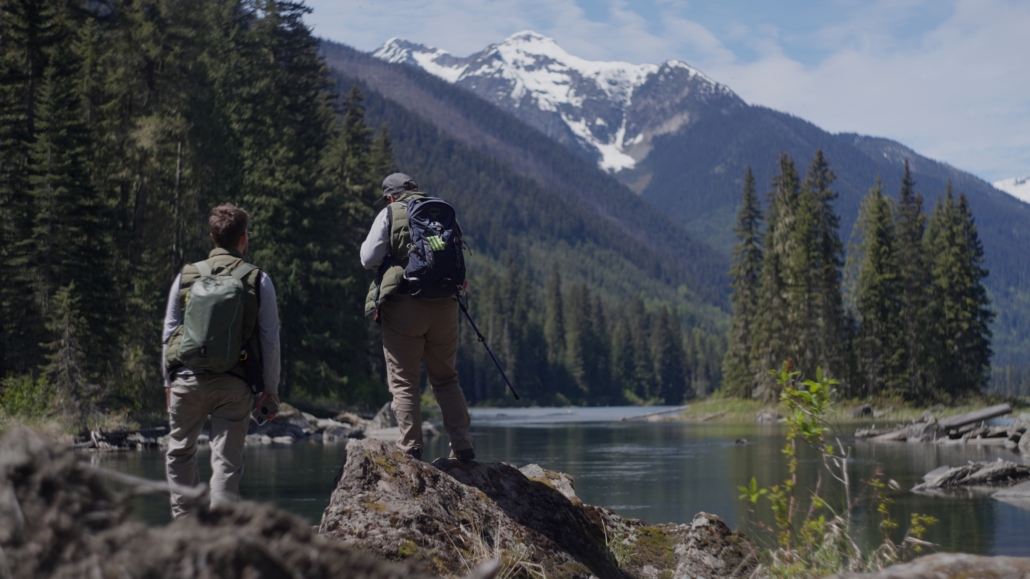
VIDEO: Inside Kanaka Bar’s Conservation Plan: Protecting Rare Ecosystems & Indigenous Culture
We're excited to share an amazing new video with you featuring the Kanaka Bar Indian Band's proposed T’eqt’aqtn Indigenous Protected and Conserved Area (IPCA).

VIDEO: Old-Growth Policy Update: February 2025
WATCH our update on BC’s Old-Growth & Protected Areas Policies as of February 2025 following the release of Premier David Eby's mandate letters.
